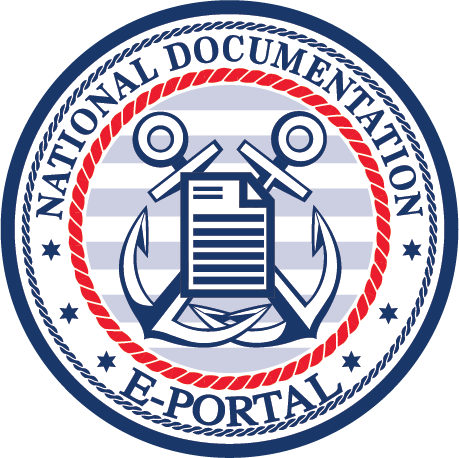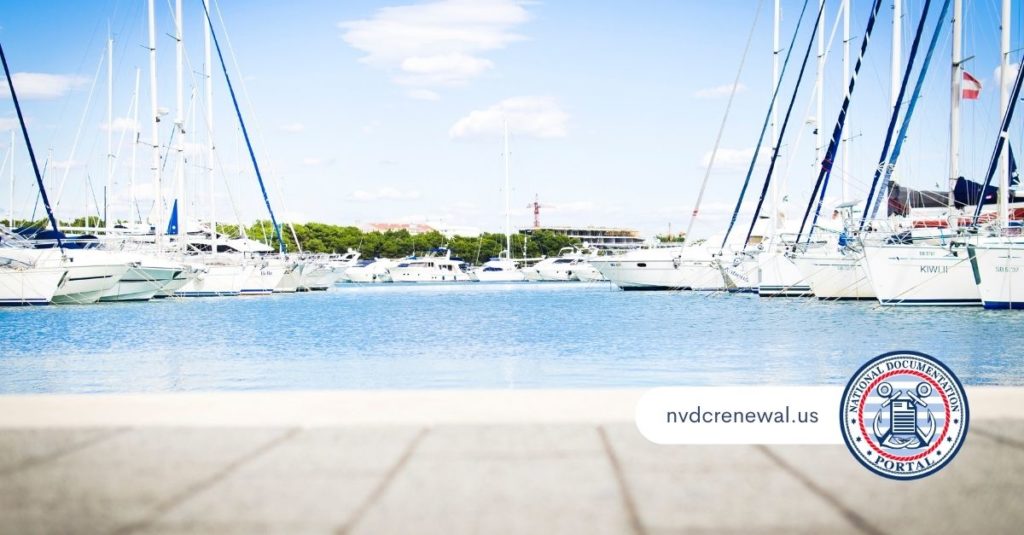Tonnage is a key measurement used in USCG documentation, and it plays a critical role in determining a vessel’s eligibility for documentation, the type of endorsement it qualifies for, and how it may be regulated. Tonnage is not a reference to weight but rather to the internal volume of the vessel, which affects whether the vessel meets certain Coast Guard standards.
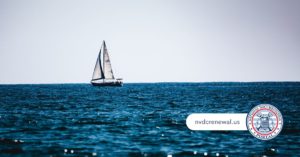
Coast Guard Documentation
When applying for or renewing USCG documentation, understanding how tonnage applies to your vessel helps ensure you submit the right information and remain in compliance. Our platform is built to guide you through every step of that process.
Whether you’re applying for initial documentation, modifying an existing Certificate of Documentation, or planning a change in vessel use, tonnage must be reported correctly. Our service simplifies that process by helping you gather and submit the required information with greater accuracy.
What Does “Tonnage” Actually Mean in USCG Documentation
In the context of USCG documentation, tonnage refers to a calculated figure representing the internal volume of a vessel. There are two types most relevant for documentation purposes: gross tonnage and net tonnage. Gross tonnage measures the total internal volume, while net tonnage subtracts non-revenue-generating spaces like crew quarters or machinery areas.
Tonnage is important because:
- Only vessels of at least five net tons are eligible for federal documentation.
- The tonnage affects the type of trade endorsements (recreational, coastwise, fishery, registry) a vessel may receive.
- It may determine whether your vessel must meet certain inspection or operating requirements.
By working with our online platform, you can easily ensure your vessel’s tonnage is properly calculated and reported as part of the documentation process. If you’re not sure whether your vessel meets the five-net-ton requirement, we can help you verify that before you proceed with your application.
Is Weight Ever a Factor in USCG Documentation?
While it’s a common misconception, “tonnage” in USCG documentation is not the same as weight. A vessel could be lightweight in terms of actual mass yet still qualify for documentation because of its internal volume. That’s why measuring gross and net tons—not displacement or weight—is critical.
Vessels with large superstructures, cargo space, or living quarters can often qualify, even if they aren’t particularly heavy. This is particularly important for owners of houseboats, sailboats, and certain recreational yachts that may meet the tonnage requirement based on layout and internal configuration.
How Tonnage Impacts Documentation Eligibility
The Coast Guard’s minimum threshold for documentation is five net tons. If a vessel is less than that, it may still be eligible for state registration but cannot receive USCG documentation. If your vessel meets or exceeds that mark, it qualifies for federal documentation and may be eligible for a variety of endorsements depending on how you use the vessel.
When using our service, we walk you through each step of confirming eligibility based on your vessel’s specifications, including tonnage. You don’t need to perform complicated measurements on your own—we help you determine what documentation is needed and assist with submitting it to the National Vessel Documentation Center (NVDC).
If you’d like to explore the official federal regulations that govern documentation and tonnage, including how it’s calculated and what it affects, those rules are available here.
Documentation Endorsements and How Tonnage Plays a Role
When applying for USCG documentation, you’ll need to select the proper endorsement. Your vessel’s tonnage may determine whether certain endorsements are available to you. For example:
- Coastwise endorsement: Typically for vessels transporting goods or passengers in U.S. waters; must meet specific build and tonnage requirements.
- Fishery endorsement: Allows for commercial fishing operations; subject to tonnage limitations and U.S. ownership requirements.
- Registry endorsement: Often used for foreign trade; tonnage and documentation must be accurate to qualify.
- Recreational endorsement: For vessels used solely for pleasure; tonnage must still meet the five-net-ton threshold.
When using our application tools, you’ll be asked to select an endorsement. We help confirm that your vessel’s tonnage aligns with the requirements of that endorsement so that your documentation is not delayed or rejected.
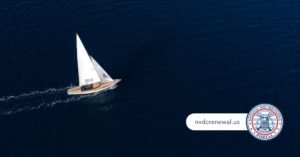
National Documentation Portal
Vessels That Typically Meet the Tonnage Requirement
You don’t need to be an expert to estimate whether your vessel likely meets the tonnage requirement for documentation. While each vessel is unique, there are certain general size guidelines that can help.
Many vessels longer than 25 feet in length meet the five-net-ton minimum, particularly those with enclosed cabins, below-deck areas, or substantial superstructure. Some examples include:
- Cabin cruisers
- Houseboats
- Offshore fishing vessels
- Liveaboard sailboats
- Tugboats and workboats
If you’re unsure, we can assist you in determining whether your vessel qualifies before you begin the USCG documentation process. That way, you won’t waste time submitting an application that might be denied due to tonnage.
How to Determine a Vessel’s Tonnage
You can often find tonnage information on existing documentation, manufacturer specifications, or through a marine survey. If this is your first time applying for documentation, you may need a tonnage measurement from a qualified professional.
Our platform allows for the inclusion of supporting documents such as a marine survey or previous title that includes tonnage. If additional forms are required, we make them available to you directly through our online portal and help you complete them correctly.
How We Help You Apply for USCG Documentation Based on Tonnage
Whether you are applying for the first time or renewing your vessel documentation, our service simplifies the process and removes the guesswork. When it comes to tonnage:
- We help you determine whether your vessel qualifies based on its specifications.
- Our forms are tailored to your vessel’s use, length, and configuration.
- You can upload supporting documents directly into your application.
- We assist with corrections or changes to tonnage if your vessel has been modified.
All of this is done through our secure online platform, without the need for printing or mailing forms. Once you submit your application, we communicate with the NVDC to make sure it is processed as efficiently as possible.
Tonnage and Abstracts of Title
When requesting an Abstract of Title for a documented vessel, you’ll typically see tonnage listed alongside other key data like ownership history, endorsements, and mortgage filings. This provides a comprehensive overview of the vessel’s regulatory status and helps potential buyers or lenders evaluate the vessel.
We offer Abstract of Title services through our portal, which can be useful if you’re buying a used documented vessel and want to confirm that the tonnage—and the rest of the vessel’s record—matches the physical condition.
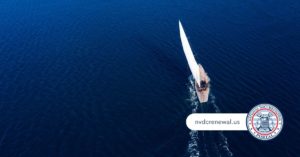
US Coast Guard Documentation Transfer
Renewing Documentation with Tonnage Accuracy in Mind
If you’re renewing USCG documentation and nothing has changed about your vessel’s structure or use, you generally do not need to resubmit tonnage measurements. However, if your vessel has undergone major interior changes or conversions, an updated tonnage figure may be required before renewal.
Our renewal forms include space to update vessel details. If an update is needed, we help guide you through the process so you remain in good standing with the Coast Guard.
Apply for Documentation Based on Your Vessel’s Tonnage
If you’re ready to apply for USCG documentation and need to confirm tonnage eligibility, we’re here to help. Our portal guides you through the process from start to finish, offering access to everything from initial documentation to renewals and title services. Whether you’re a first-time boat owner or someone managing a fleet, tonnage plays a critical role in your vessel’s compliance—and we make that part of the process simple.
